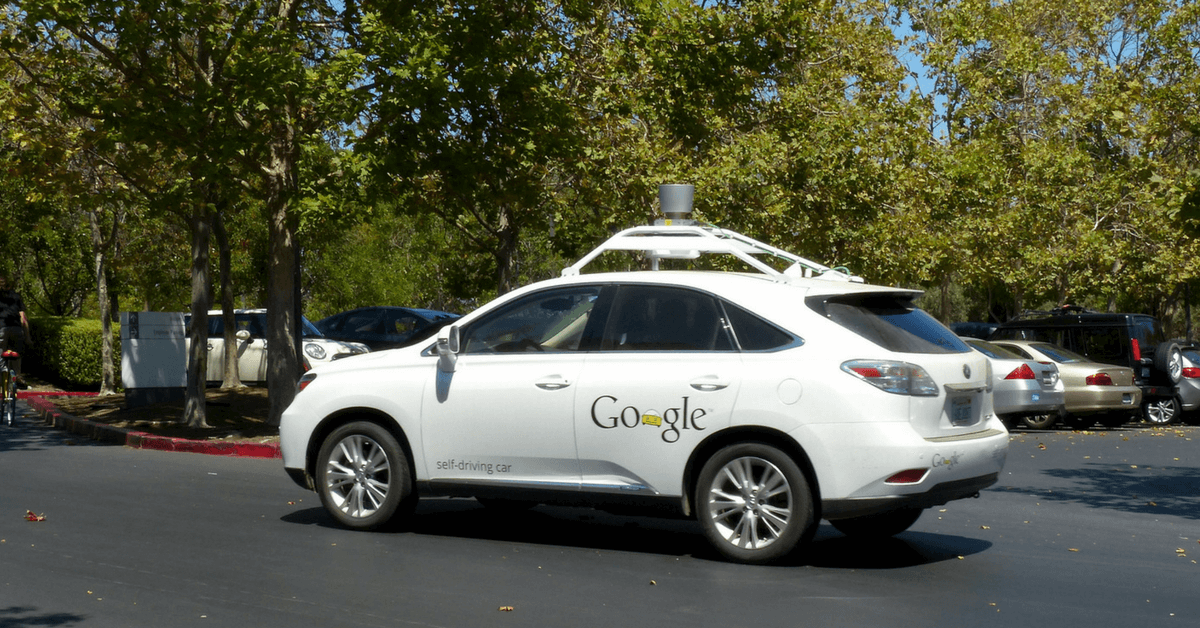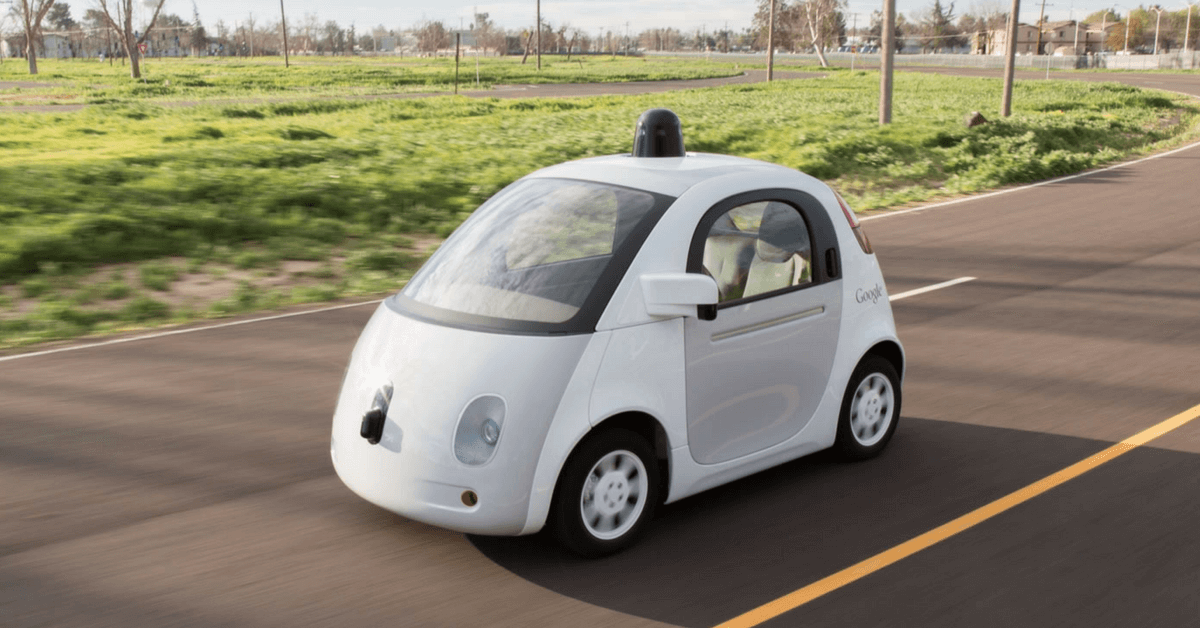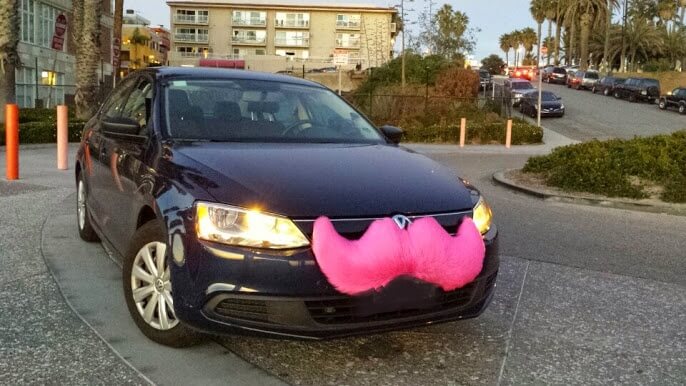Concurred Senate Bills 995-997 cruise through Legislature and are bound for Governor’s desk; update rules for road-testing self-driving cars; allow manufacturers of driverless cars to operate Uber-type businesses with autonomous vehicles

A world without car accidents – or at least a world without nearly as many – is one step closer. With overwhelming support in both the Michigan House of Representatives and Senate, a package of bills to update and augment Michigan’s laws on driverless cars are on their way to Gov. Rick Snyder for his review.
On November 10, 2016, the bills, Senate Bills 995-998, cleared the House by a 105 to 2 vote and, then, they were passed by the Senate in a 37-0 vote.
The concurred bills (i.e., the versions of the bills “passed in identical form by both houses of the Legislature,” per the Michigan Legislature website) build on existing requirements for road-testing self-driving cars in Michigan and they pave the way for creation of SAVE projects which are “on-demand automated vehicle networks.”
Significantly, the concurred Senate Bills leave untouched the following existing limitations:
- Driverless cars can only be driven on Michigan roads for road-testing and/or “transport” purposes.
- Self-driving cars can, generally, not be driven on the road in “automatic mode.”
Human operators not needed for road-testing of ‘automated vehicles’
Under existing law, a living, breathing human being, i.e., “an individual,” must be present in a driverless car when it is being road-testing so the individual can “monitor the vehicle’s performance and, if necessary, immediately take control of the vehicle’s movements.” (MCL 257.665(2)(b))
However, in the Senate-concurred version of SB 955, the Senate eliminated the requirement that an individual must be “present in the vehicle while it is being operated …”
Specifically, the Senate rewrote the statute to read:
“[A]n individual … [must have] the ability to monitor the vehicle’s performance while it is being operated on a highway or street in this state and, if necessary, immediately promptly take control of the vehicle’s movements. If the individual does not, or is unable to, take control of the vehicle, the vehicle shall be capable of achieving a minimal risk condition.” (Concurred SB 995, page 12, lines 20-27)
SAVE projects
A SAVE Project is an “initiative that authorizes eligible motor vehicle manufacturers to make available to the public on-demand automated vehicle networks …” (Concurred SB 995, page 5, lines 1-4)
An “on-demand automated motor vehicle network” is defined as:
- A “digital network or software application used to connect passengers to automated motor vehicles … for transportation between locations chosen by the passenger when the automated motor vehicle is operated by the automated driving system.” (Concurred SB 995, page 4, lines 13-19)
And, an “automated driving system” is:
- “[H]ardware and software that are collectively capable of performing all aspects of the dynamic driving task for a vehicle on a part-time or full-time basis without any supervision by a human operator.” (Concurred SB 995, page 1, lines 1-4)
So, essentially, a SAVE project allows a car manufacturer to go into the Uber-type business of app-based ride-sharing services … but by using driverless, self-driving cars.
Significantly, there are two aspects of the SAVE project concept that I hope lawmakers will consider extending to all autonomous vehicles in all contexts:
- The “motor vehicle manufacturer” involved in the SAVE project has “obtained an instrument of insurance, surety, bond, or proof of self-insurance in the amount of at least 10 $10,000,000.00” to cover liability in the event one of the manufacturer’s automated vehicles is at-fault in causing a car accident that resulted in personal injury. (Concurred SB 995, page 3 (lines 20-27) and page 4 (lines 8-10))
- “For each save project in which it participates, during the time that an automated driving system is in control of a vehicle in the participating fleet, a motor vehicle manufacturer shall assume liability for each incident in which the automated driving system is at fault …” (Concurred SB 996, page 4, lines 9-11)
Road-testing limitations
Under Michigan’s existing law, a driverless car – or “an automated motor vehicle” – can only be driven on Michigan roadways for the purpose of road-testing or transporting, i.e., “solely to transport or test automated technology …” (MCL 257.244(3))
And, they may be operated under these limited circumstances only by “a manufacturer of automated technology.” (MCL 257.244(3))
Neither concurred SB 995 (nor concurred SB 996 and 997) propose any changes to the limitations in MCL 257.244.
‘Automatic mode’ limitation
Generally, a driverless car – or “an automated motor vehicle” – cannot be driven on Michigan roads in what’s called “automatic mode.” (MCL 257.663)
“Automatic mode” is defined as “the mode of operating an automated motor vehicle when automated technology is engaged to enable the motor vehicle to operate without any control or monitoring by an operator.” (MCL 257.663; 257.2b(3))
The only limited exception to the “automatic mode” limitation is when the driverless car is being road-tested and is otherwise in full compliance with all of the legal requirements for road-testing self-driving cars in Michigan. (MCL 257.663)
Neither concurred SB 995 (nor concurred SB 996 and 997) propose any changes to the limitations in MCL 257.263 and 257.2b(3).


